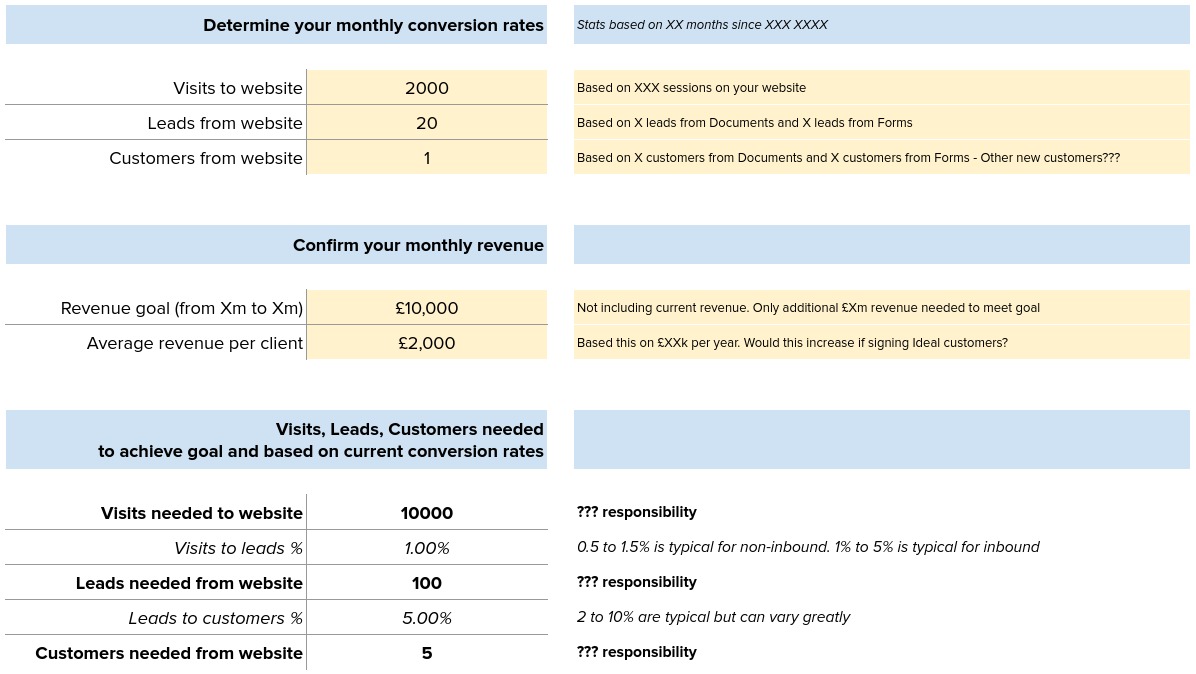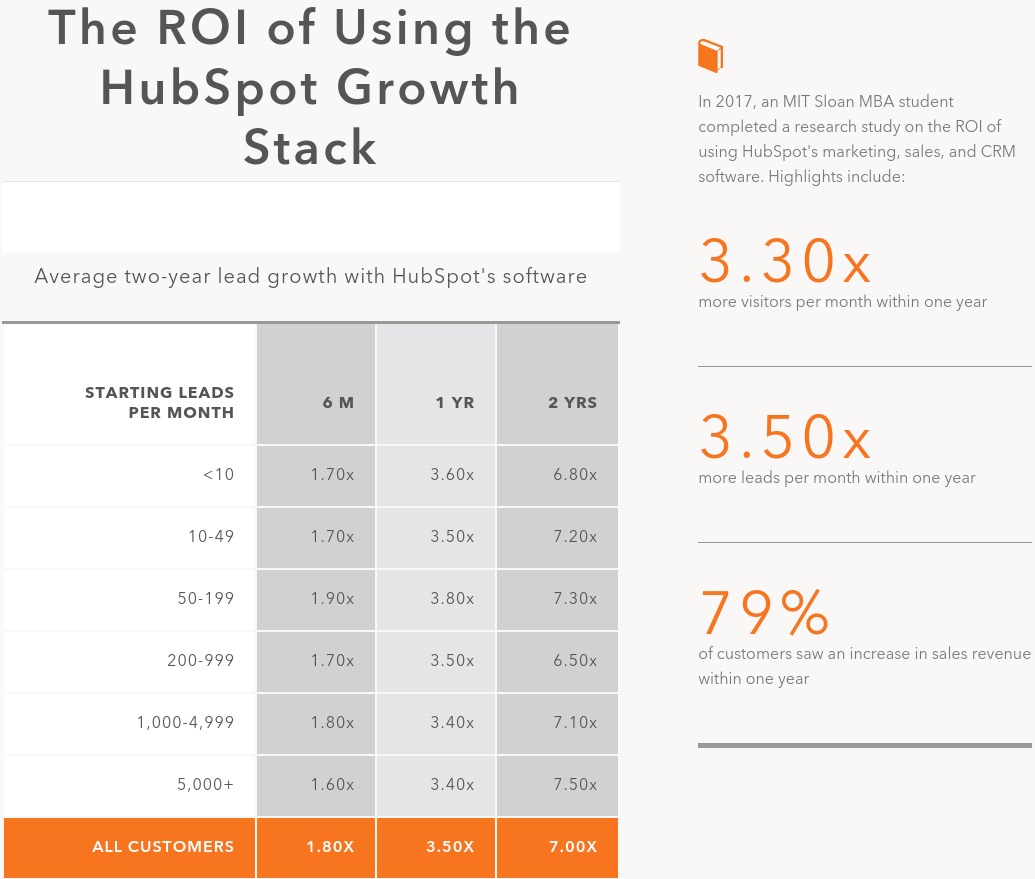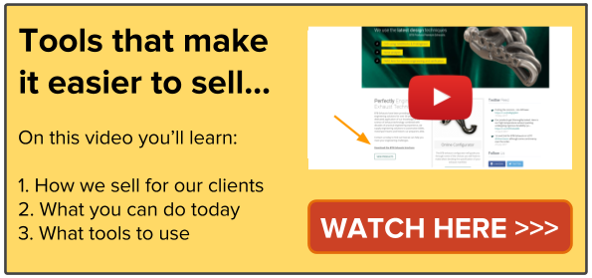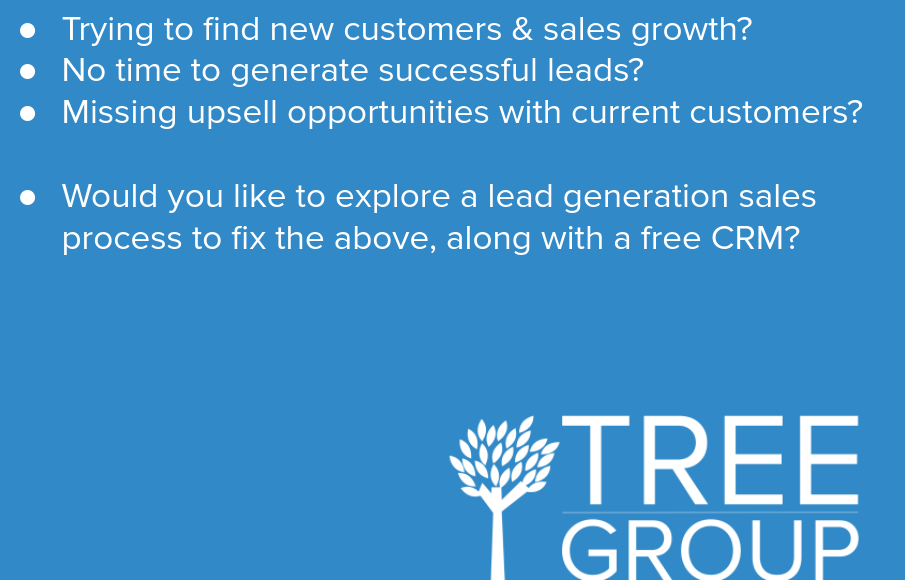Most companies start out with tactical activity. Networking, sales activity, landing the first customers, working hard to keep them happy, gaining word of mouth referrals, and so on. But, when a business matures, looks for investment or increases staff, it's important to treat your future in a more formal way, and that always starts with a clear strategy.
As always you can listen by watching this video or read on...
Think of a strategy as three things:
- A clear vision that your team can agree on
- A revenue goal for your sales and marketing teams to achieve
- And, activity goals to help achieve your revenue goal
This approach will help give your staff an understanding of what they need to achieve. Your goals should be challenging but not unrealistic. I've worked with companies that pick numbers out of the air and that just leaves staff demotivated and feeling that 'management' don't understand the business or the market.
I've also worked with companies that have a clear goal and when asked 'is that based on market research' I get a 'no, it's what we can sell'. I'd say that's also the wrong approach. It doesn't matter what capacity your business has if there isn't the right level of demand in the market.
So, what are the steps to create a sales and marketing strategy? Read on...
First, do your market research
Always start with thorough Ideal customer research. Take time to interview your customers and the companies you'd like to work with. Here are some ideas for the information to gather - all of the following should relate to the types of products and services that you sell):
- What are the decision makers goals and challenges?
- Where do they go for information (such as publications, websites, social media)?
- What keywords do they use when searching?
- What is the most important factor when purchasing?
- What companies do they use now and why?
- What do they think of your company?
- What requirements do they have?
Aim to get responses from at least 15 people so you have a good amount of research to make decisions. That will give you a good feel for how you can differentiate from your competitors and the market demand for your products and services.
You can learn more about Ideal customer research here.
Having comprehensive market research will be something that immediately differentiates you from your competitors. Why? Because not many B2B companies in Automotive bother, they think they know but that's normally based on assumptions and not actually asking. You'll know the way that your ideal customers want to be sold to. You'll approach all sales and marketing activity from a position of knowledge, already knowing why they will buy and what concerns they'll have. This all helps you to be seen as the thought leader as you'll know exactly how the market ticks and why.
Now benchmark your current sales and marketing performance
To set some realistic goals, you need to know how you're performing now. If you use HubSpot (like our clients) then you'll easily know these figures:
- How many website visitors each month
- How many new leads each month
- How many new customers each month
Then it's time to do some sales funnel analysis.
Here's an example of the form that we use:

By entering the visits, leads, and customers figures in the top section plus your revenue goal and average revenue per customer, you'll get your current performance (from visit to lead then from lead to customer) and the amount of visits and leads needed to achieve your revenue goal.
Then set your future state goals
Using the results from your sales funnel analysis mentioned above, you can easily set your sales and marketing goals for the amount of visitors needed to your website, new leads that need to be created, and new customers that need to be won.
However; it's important for your sales and marketing teams to attract and win the right customers. Customers that match your ideal customer profile (refer back to your ideal customer research) as these are the companies that will achieve your expected average revenue per client. And, as they're your ideal customers, i.e. the best fit for your company, they will stay with you for longer and give you the best chance of upselling.
Knowing the growth that's achievable
You have your ideal customer research and your goals; however, it's still good to have another way to check what's realistic. Take a look at what your competitors are achieving to get a feel for market growth and market share.
You can also do research into industry standards and techniques such as the Inbound approach plus HubSpot that we use to help our clients. As this approach has been used by 1,000s of companies worldwide, we're able to add another benchmark to know what's achievable. We can look at the results that others are getting with inbound marketing + inbound sales + hubspot, which is typically:
- 3.30x more visitors per month within one year
- 3.50x more leads per month within one year
- 79% of customers saw an increase in sales revenue within one year
Here's a snapshot of the benchmark results during the first 6-months, 1-year, and 2-years:

Now create your strategy
A strategy can be many things. It can be a complex document with in-depth details about every aspect of your business. We see it as the foundation of all sales and marketing activity and prefer to keep the detail top level.
Once you've completed the previous steps, I'd suggest creating a Google Form that you share with all directors, managers, and important stakeholders. When they complete the form you can setup a Google Sheet to capture all responses to make it easy to look at the result and benchmark trends from each person.
Here's an example of some questions to ask:
- What is the vision for your company? (not goals but what you want to become)
- What are the three goals that you're aiming to achieve in the next 12-months?
- What challenges could stop you achieving your 12-month goals?
- Then do 2 and 3 for the next 2 to 3 years and also the next 5 to 10 years
- What will you see as a success during the first 90 days
- Then do 5 for 6 months and 12-months
- What's your overall goal with the business?
These responses will help you create a top level strategy that is about the normal sales targets and also considers what the directors of the business want to achieve. Personal motives are usually what drives directors and investors so it's important to include them in your strategy.
Create your 12-month timeline
Now it's time to put some targets down on paper (or Google Sheets).
Don't get stuck in the detail as that should be left for day to day operations. At this stage keep it simple. Consider your market research, your goals, and then what's realistic over a period of time.
Here's the format that we use to set 12-month goals:

Add your goal then also add a more challenging goal then track what's been achieved each month and review on a quarterly basis along with your quarterly sales and marketing strategy.
And add your content strategy to achieve those goals
Content is an essential part of attracting visitors to your website, converting them into leads, working those leads and closing them into customers then upselling and retaining existing customers.
Your content strategy should be aligned to your long term goals with quarterly campaigns so you can be nimble enough to cater for demand and changes in the market.
On a quarterly basis you can plan for:
Content that makes it easy for your sales team to answer common questions and to give confidence in your company and it's products and services.
High value content (offers, whitepapers etc) that will convert website visitors into leads with a series of posts, emails, social posts etc that will be used to attract visitors to your website. This type of content can also be repurposed for lead nurturing, sales activity, online advertising etc.
Think campaigns (so you can monitor the effectiveness of all assets used in each campaign) and content topics (so you attract website visitors that are searching for solutions that your products and services can solve).












